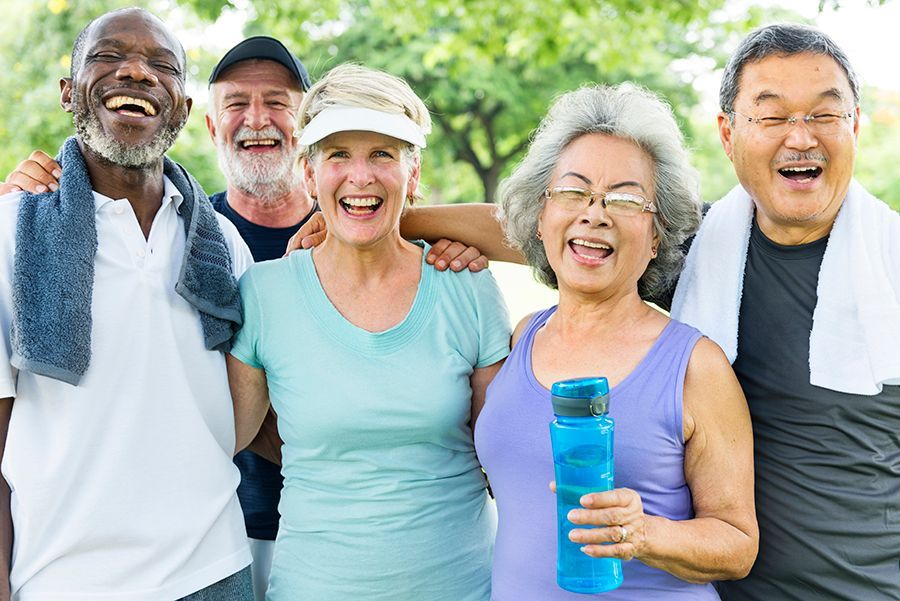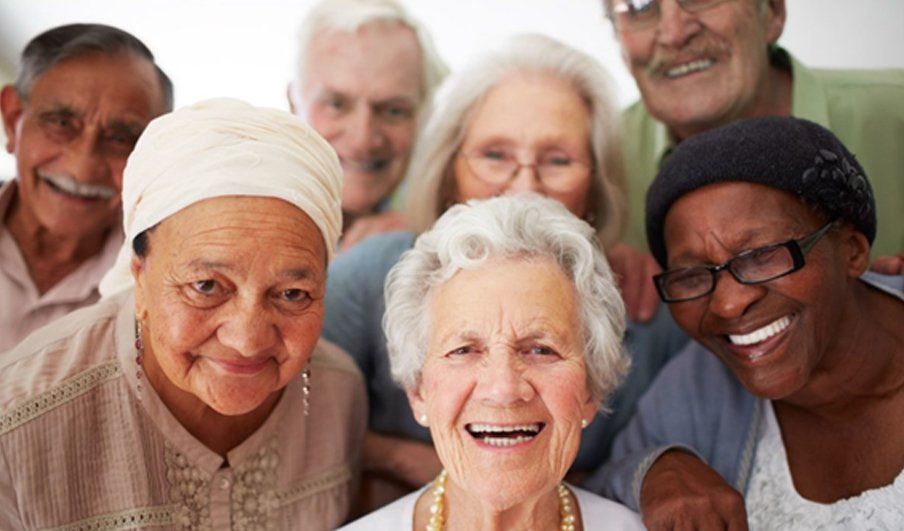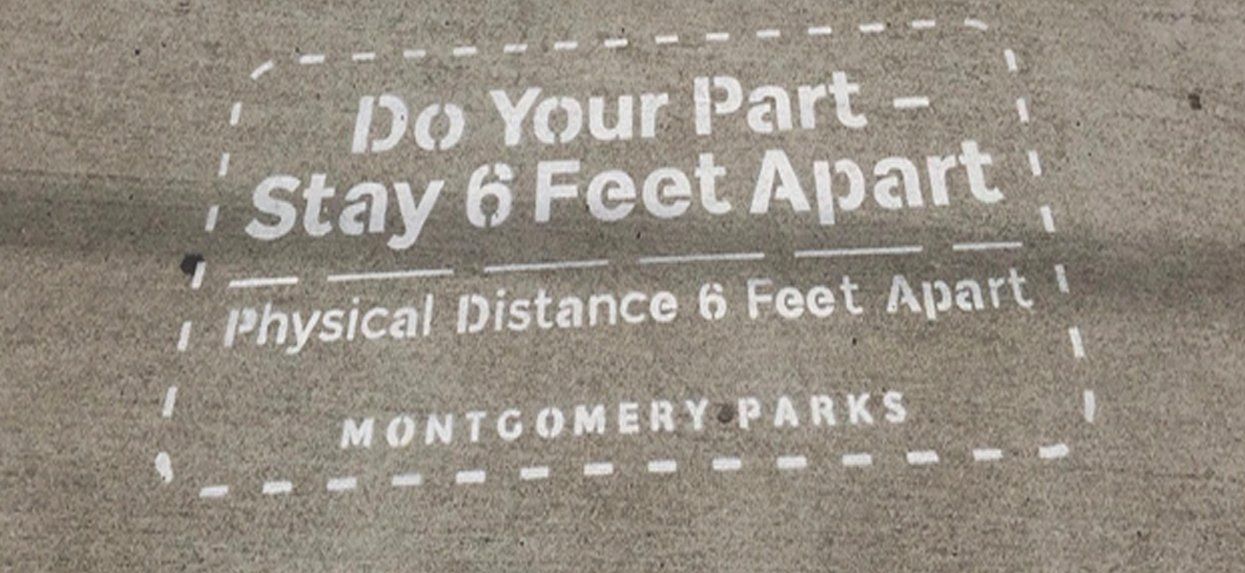May 2023, the 60th Anniversary of Older Americans Month!

This May, join us as we recognize the 60th anniversary of Older Americans Month (OAM) and challenge the narrative on aging. The 2023 theme is Aging Unbound, which offers an opportunity to explore diverse aging experiences and discuss how communities can combat stereotypes. Join us in promoting flexible thinking about aging – and how we all benefit when older adults remain engaged, independent, and included.
Think You Know the Services and Programs Available to Older Adults in Your State?
Older Americans Month offers us no better time than to refresh on the services available to us as we age. Before I worked in aging, I must admit I did not know how many services and programs were available to help older
adults live self-sufficiently. I did not know that local organizations that help older adults exist in all our communities. It can’t just be me, can it?
The Older Americans Act of 1965 (OAA) established a national network of federal, state, and local agencies to provide services that help older adults to live independently in their homes and communities. This network is referred to as the National Aging Network. These programs and services are overseen by the Administration on Aging, an agency within the U.S. Administration for Community Living. There are public or private non-profit agencies, designated in each state as “Area Agencies on Aging” established to address the needs and concerns of all older persons at the regional and local level. The National Aging Network includes 56 State Agencies on Aging, 622 Area Agencies on Aging, and more than 260 Title VI Native American aging programs.
Assistance may be available in the following areas: support services, housing, transportation, insurance and benefits, elder rights, and health matters. Most, but not all the programs offered are for older adults 60+ years old.
And individual programs or services may have their specific eligibility requirements. Here is where you can find the area agencies on aging in your state and more via the Eldercare Locator website.
So, how else can you find out about the programs in your area or get assistance to address your specific needs? Here are several additional resources:
- NCOA BenefitsCheckUp® (https://benefitscheckup.org/) developed by the National Council on Aging, is an online tool to connect older adults and people with disabilities to benefits. It is supplemented by Benefits Enrollment Centers providing counselors who can answer questions or help with program enrollment.
- Your Guide to Public Benefits (http://www.aarp.org/quicklink) created by the AARP Foundation provides a list by state of key programs and services provided in the state for older adults.
- A Local Assistance Directory also provided by the AARP Foundation allows for searching for free or reduced-cost services like medical care, food, job training, and more.
And remember those other types of discounts that might be available from companies who want your business! Here is a recent article, The Financial Perks of Growing Older, that might be of interest!
Well, now you know, too. And let’s spread the word!
Want to ensure our programs and policies continue to exist or even improve as we age? Reach out to your representatives in Congress.
Want to get involved? Visit the Juanita C. Grant Foundation’s website at https://www.jcgfdn.org/ to learn more, to advocate and to volunteer!
For more information about Older Americans Month, visit the official OAM website, follow ACL on Twitter and Facebook, and join the conversation using #OlderAmericansMonth.
Donna Satterthwaite
Board Vice Chair and 50+ Refresh Bootcamp Instructor
Must Read Newsletter
Sign up for news and events
Newsletter
Most Popular





